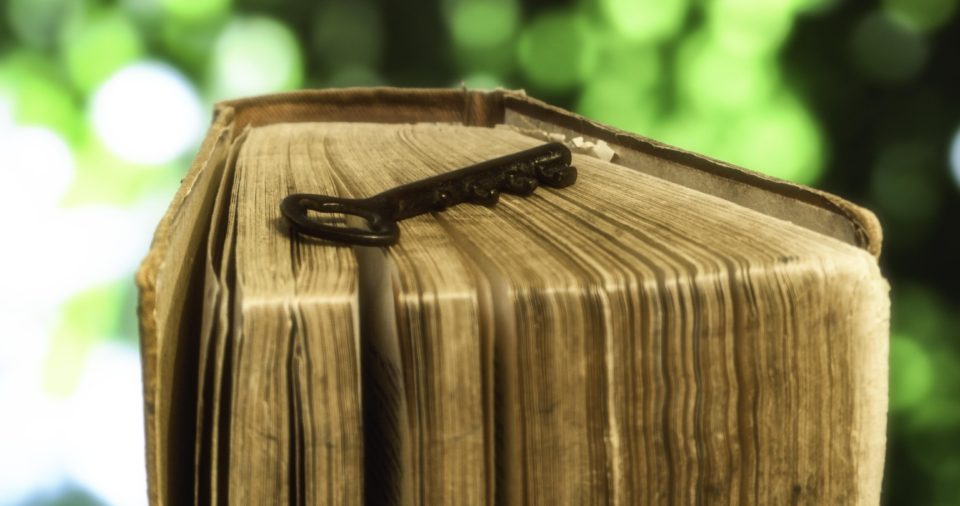Banned & Challenged Books Week is here! The American Library Association’s Office of Intellectual Freedom advocates for the expression and sharing of ideas–including ideas that make people uncomfortable–has designated the last week of every September as Banned & Challenged Books Week. Here is an overview of the ALA’s OIF Banned Books Week website.
From the time I learned to read, getting lost in a good book was my favorite way to spend my time. It was not shocking to me that books were banned. As a fourth or fifth grader I remember my friends and I scheming to get our hands on Are You There God? It’s Me Margaret by Judy Blume, which was not in my elementary school’s library. Believe me it didn’t disappoint when I finally read it, though I’m not sure it was officially banned or pulled from the shelves. But for all the titillation of AYTGIMM, classics that are regularly deemed to be of significant literary value such as Zora Neale Hurston’s Their Eyes Were Watching God, Mark Twain’s Huckleberry Finn, The Color Purple by Alice Walker and 1984 by George Orwell have also faced challenges.
History
In 1982, attendees of a bookseller trade show in Anaheim, California were greeted by a display of over 500 books in locked cages and a big sign warning them of these potentially “dangerous books.” Within a few weeks, ALA Office of Intellectual Freedom Director Judith Krug organized a campaign to spark awareness of volume of challenges to restrict the availability of books deemed to be unfit for readers for a wide range of reasons. The campaign took off in 1982 and in 2018 an estimated 2.8 billion readers will participate.
Where and Why Books are Challenged
What are the circumstances surrounding the call to keep these books out of the hands of readers? Most challenges originate as objections to class assignments and inclusion in school libraries, followed by complaints against public libraries. Leading reasons for book bans or challenges are sexual content, racism, occult themes and offensive language. The OIF estimates that the majority of bans are not brought to the public’s attention and remain unrecorded.
The Top 5 Challenged Books of 2003
15 years ago, the OIF reported 458 challenges. The Top 5 were:
- Alice (series) by Phyllis Reynolds Naylor
- Harry Potter (series) by J.K. Rowling
- Of Mice and Men by John Steinbeck
- Arming America: The Origins of a National Gun Culture by Michael Bellesiles
- Fallen Angels by Walter Dean Myers
The Top 5 Challenged Books of 2017
The last year for which reports are available is 2017 and there were 416 recorded challenges. The Top 5 challenged or banned books were:
- Thirteen Reasons Why by Jay Asher
- The Absolutely True Diary of a Part-Time Indian by Sherman Alexie
- Drama by Raina Telgemeier
- The Kite Runner by Khaled Hosseini
- George by Alex Gino
What You Can Do About Access to Banned Books
The most important thing you can do is to exercise your right to access these works. Is your favorite book among the banned? Take a selfie with it and post it to social media with the hashtag #bannedbooksweek. Encourage members of your book club to read a banned book. Check out a challenged book from the public library.
For more banned books information and resources including social media badges, posters and bookmarks, you should visit the Banned Books website.
Photo by YordanovPlamen from Morguefile.

